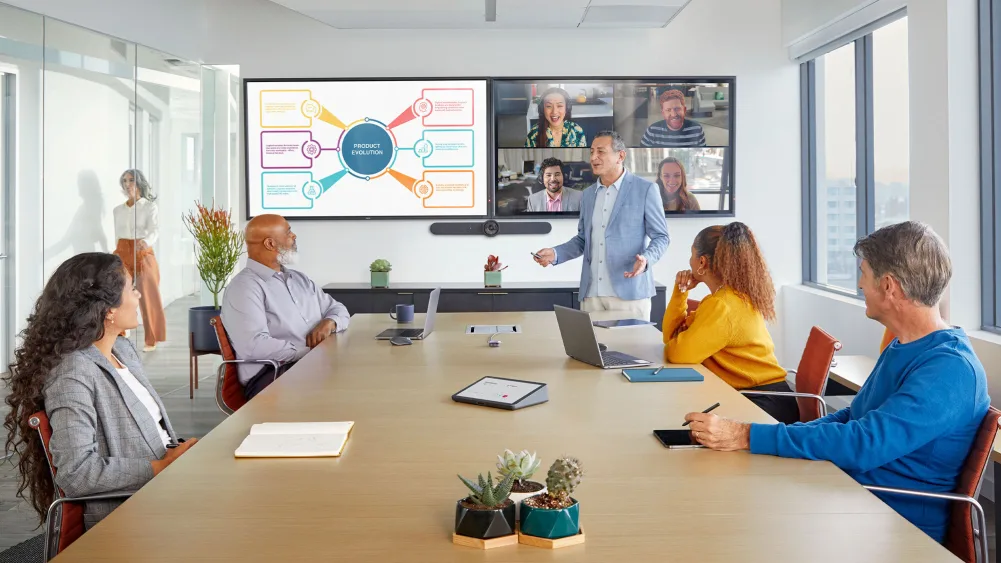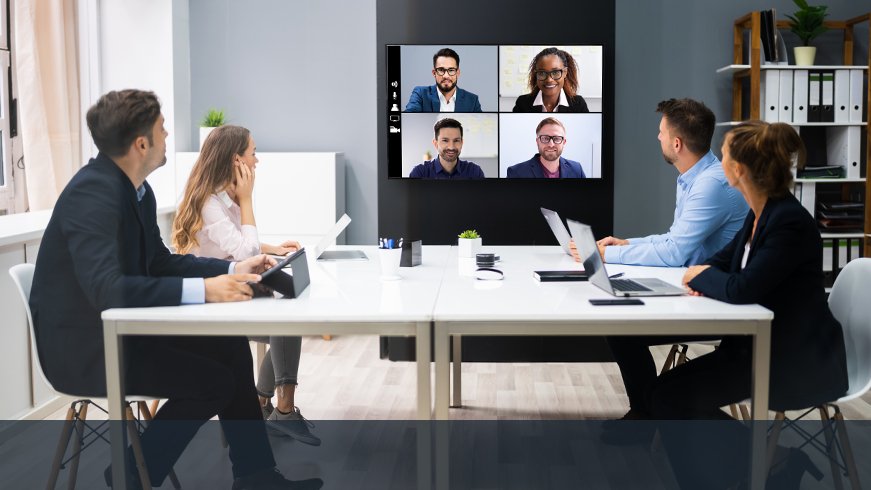How to Optimize Conference Systems for Better Collaboration
Effective collaboration is crucial for the success of any organization, and optimizing conference systems plays a key role in enhancing team communication and productivity. By fine-tuning your conference tools and processes, you can ensure more productive meetings and smoother interactions among team members. This blog post explores strategies and best practices for optimizing conference systems to achieve better collaboration.
1. Choose the Right Conference System
1.1 Assess Your Needs
Before selecting or optimizing a conference system, evaluate your organization’s specific needs. Consider factors such as the size of your team, the frequency of meetings, and the types of collaboration tools required.
1.2 Opt for Integrated Solutions
Choose a conference system that integrates seamlessly with other tools your team uses, such as email, calendar applications, and project management platforms. Integration ensures that all tools work together harmoniously, streamlining workflows and improving efficiency.
2. Enhance Audio and Video Quality
2.1 Invest in High-Quality Equipment
Ensure that your conference system is equipped with high-quality audio and video hardware. Invest in good microphones, speakers, and cameras to enhance the clarity of communication and reduce technical issues during meetings.

2.2 Optimize Network Performance
A stable and high-speed internet connection is essential for smooth conference experiences. Optimize your network performance to handle the demands of video conferencing, minimizing lag and connectivity issues.
3. Streamline Meeting Scheduling and Access
3.1 Use Integrated Scheduling Tools
Leverage integrated scheduling tools that allow you to easily set up and manage meetings. Automated scheduling and calendar integration help avoid conflicts and ensure that all participants are informed of meeting details.
3.2 Simplify Access
Make it easy for participants to join meetings by providing clear instructions and easy-to-use links or access codes. Minimize barriers to entry to ensure that everyone can join without technical difficulties.
4. Leverage Collaboration Features
4.1 Utilize Screen Sharing and Document Sharing
Make use of screen sharing and document sharing features to facilitate real-time collaboration during meetings. These tools enable participants to view and discuss content together, enhancing teamwork and decision-making.
4.2 Implement Virtual Whiteboards
Virtual whiteboards and annotation tools allow participants to brainstorm and visualize ideas collaboratively. Incorporate these features into your conference system to support interactive discussions and creative problem-solving.
5. Ensure Security and Privacy
5.1 Implement Secure Access Controls
Use access controls and authentication methods to secure your conference system and protect sensitive information. Ensure that only authorized participants can join meetings and access shared documents.
5.2 Encrypt Communication
Utilize encryption to safeguard communications during meetings. End-to-end encryption ensures that data transmitted during conferences is protected from unauthorized access and eavesdropping.
6. Provide Training and Support
6.1 Train Users on System Features
Offer training sessions to familiarize team members with the features and functionalities of your conference system. Ensure that they know how to use tools effectively and troubleshoot common issues.
6.2 Offer Ongoing Support
Provide ongoing support to address any technical issues or questions that may arise. Set up a helpdesk or support channel to assist users and resolve problems quickly.
7. Gather Feedback and Continuously Improve
7.1 Collect User Feedback
Regularly gather feedback from users about their experience with the conference system. Use surveys, focus groups, or informal discussions to identify areas for improvement and address any concerns.
7.2 Implement Improvements
Based on feedback and performance data, make necessary adjustments to optimize the system. Update software, refine configurations, and enhance features to better meet the needs of your team.
8. Monitor and Analyze System Performance
8.1 Track Key Metrics
Monitor key metrics such as system uptime, connection quality, and user satisfaction. Analyzing these metrics helps identify performance issues and areas for improvement.
8.2 Conduct Regular Reviews
Conduct regular reviews of your conference system to assess its effectiveness and efficiency. Use insights from performance analysis and user feedback to inform future enhancements and optimizations.
Conclusion
Optimizing conference systems is essential for fostering better collaboration and improving meeting effectiveness. By choosing the right system, enhancing audio and video quality, streamlining scheduling, leveraging collaboration features, ensuring security, providing training and support, gathering feedback, and monitoring performance, you can create a more productive and efficient conference environment. Investing in these optimization strategies will enhance communication, streamline workflows, and support your organization’s collaborative efforts.



